Cataracts refer to the clouding of the lens of the eye. The older you get, the higher your risk of developing this condition. More than 20.5 million Americans who are 40 and older have cataracts. Unfortunately, you might not know you have them until they have progressed. Regularly seeing an eye specialist goes a long way in early cataract detection and treatment.
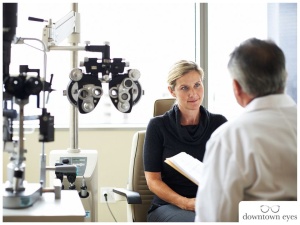
Despite being a common eye condition, numerous myths still surround cataracts. We’re busting nine of them in this post.
1. Cataracts Only Affect the Elderly
Older people aren’t the only ones at risk of cataracts. While it’s true that older adults are more likely to have cataracts, even younger individuals can develop this eye condition. Various factors can contribute to cataract development, including medical conditions like diabetes and eye injuries. Prolonged use of certain medications can also make you more susceptible to this condition. Early detection can lead to more effective treatment and prevent further vision deterioration.
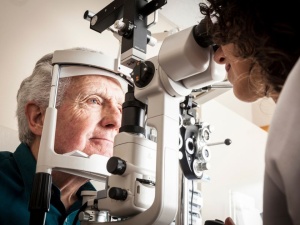
2. Cataracts Are Preventable
Many people believe that it’s entirely possible to prevent cataracts. It’s because your lifestyle can affect your risk for the condition. For example, smokers and those who expose their eyes to direct sunlight for extended periods are more likely to get cataracts. The truth is, currently, there is no way to prevent cataracts.
Swapping poor habits for healthy ones, like quitting smoking, wearing sunglasses and eating a balanced diet, can help reduce your cataract risk. However, they aren’t foolproof prevention methods. Age is the most significant risk factor for cataracts, and there’s no way for you to stop getting older. Regular visits to your local eye clinic can help catch the condition early when it’s most treatable.
3. Wearing Glasses or Contact Lenses Can Cause Cataracts
Eyeglasses and contact lenses correct refractive errors such as nearsightedness, farsightedness or astigmatism. They do not influence the formation of cataracts. Cataracts develop due to the natural aging process, certain medical conditions or eye injuries, not from using corrective eyewear.
Glasses and contacts adjust how light enters your eyes to correct your vision. They do not alter the physical structure or health of your eyes. Remember to get regular eyeglass or contact eye exams and consistently use your prescribed eyewear to maintain good vision.

4. Eye Drops or Diet Changes Can Cure Cataracts
Many believe that using eye drops or improving their diet can cure cataracts. However, surgery is the only effective treatment for cataracts. While some vitamins and nutritious foods can promote overall eye health, they cannot cure cataracts.
Maintaining a healthy diet and using eye drops can help manage cataract symptoms. Nonetheless, these methods are not replacements for professional medical attention. Effective cataract management often includes a combination of lifestyle adjustments, regular monitoring and sometimes, surgical intervention. Remember, each case is unique, so what works for one person may not work for another.
5. Cataracts Surgery Is Dangerous
Cataract surgery is one of the safest and most performed operations, provided a skilled ophthalmologist conducts the procedure. The procedure involves making a small incision in the cornea to remove the affected lens. Following this, your doctor will insert a clear, synthetic lens, restoring the clarity and sharpness of your vision.
You can also go home after your procedure and expect a short recovery time. Many patients report a significant improvement in their vision within a few days of the procedure. Any initial blurriness or discomfort is usually temporary and resolves within a few days. Just be sure to attend follow-up appointments with your eye doctor to monitor your healing progress and ensure the best possible outcome for the surgery.
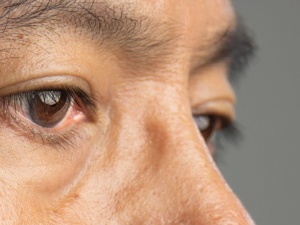
6. Only One Type of Cataract Exists
Contrary to popular belief, there are several types of cataracts. Here are the most common ones:
-
Nuclear Cataracts: These form in the center of the lens, known as the nucleus. They are the most common type of age-related cataract and can cause the lens to yellow and harden over time.
-
Cortical Cataracts: These cataracts start as white, wedge-like opacities on the outer edge of the lens cortex. As they slowly progress, they extend toward the center and interfere with light passing through the middle of the lens.
-
Posterior Subcapsular Cataracts: People with diabetes, high farsightedness and retinitis pigmentosa are at higher risk of posterior subcapsular cataracts. It’s the same for individuals taking high doses of steroids. They often form at the back of the lens.
-
Congenital Cataracts: Some people are born with cataracts, while others develop them in childhood. Congenital cataracts may be genetic, associated with an intrauterine infection or trauma or due to certain metabolic conditions.
-
Secondary Cataracts: Other medical conditions, such as diabetes or exposure to certain medications, can cause secondary cataracts.
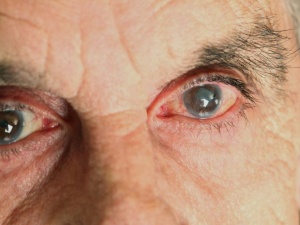
7. Cataracts Occur in Both Eyes at the Same Time
Cataracts can develop in one eye at a time. One eye can also be more severely affected than the other. However, if you’ve been diagnosed with a cataract in one eye, you may eventually develop one in the other eye as well.
Each individual’s experience with cataracts can vary widely. Some people may notice a gradual change in their vision, while others may not experience any symptoms until the cataract has progressed. As with any health issue, lifestyles, genetics and overall health greatly influence the onset and progression of cataracts. As such, you must stay vigilant about your eye health. Ignoring or delaying consultation can result in the condition’s rapid advancement, resulting in more severe vision impairment.
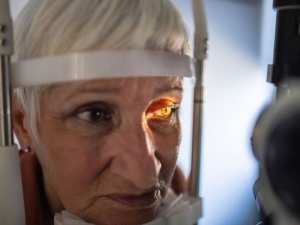
8. Cataract Symptoms Are Obvious
The symptoms of cataracts are not always easily recognizable. They might start subtly and progress slowly over the years. At first, you might experience slightly blurred vision or have difficulty seeing in low or very bright lighting conditions. You might also view colors as faded or yellowed. Some people become more sensitive to glare, especially at night.
You might also see halos around lights. Other patients find that their nearsightedness or farsightedness improves as the cataract develops. It is a phenomenon called “second sight.” However, it is temporary and will disappear as the cataract worsens.
9. Cataracts Always Cause Complete Blindness
Severe cataracts can reduce vision, but won’t cause complete blindness. Cataracts cloud the lens, making vision blurry or hazy but not entirely dark. Fortunately, surgery can remove them and restore vision. However, cataracts can become hypermature if left untreated, making them more challenging to remove and increasing the risk of total vision loss.


Leave a Reply